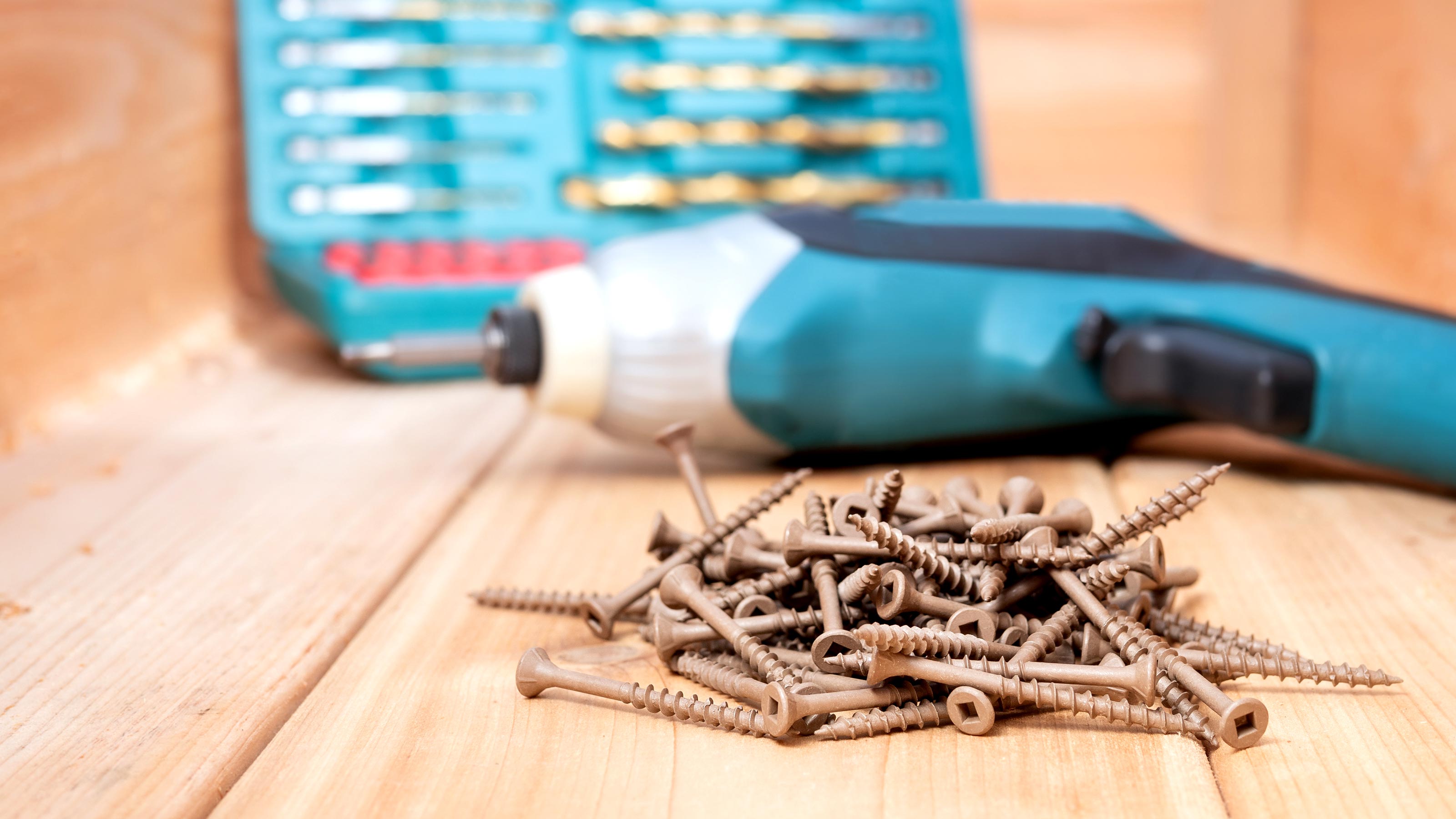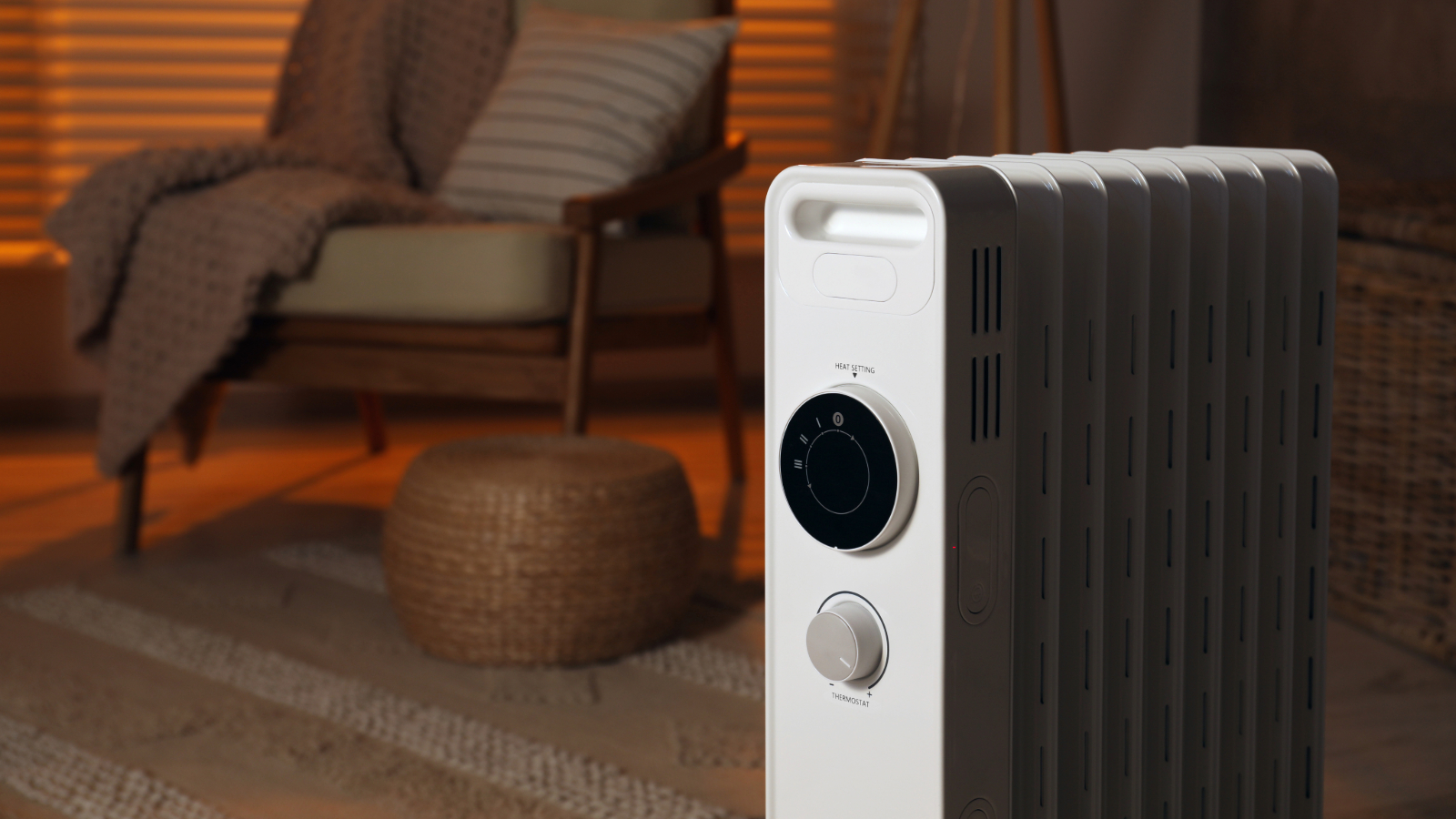What is an impact driver and what DIY jobs can it do?
Exactly what is an impact driver? Here we take a look at what they are, what they are used for and how they differ from a standard drill

What is an impact driver? You’ve heard the name, but you're not quite sure what it is or what it does. It looks a bit like a drill but there’s something slightly different about it. It looks more compact and the chuck doesn’t look the same.
It’s easy to get an impact driver confused with the best cordless drills. But, while it has a lot of similarities it also has some very subtle differences and is especially designed for a more specific job than a standard drill.
We take a look at what an impact driver is, what it is good for and the best type to buy.
What is an impact driver?
An impact driver, sometimes known as an impact drill, is a power tool that is shaped like a cordless drill and operates in a similar fashion. But it is more compact than a drill, has higher levels of torque and is equipped with a different chuck to a drill.
An impact driver typically has higher levels of torque than top of the range drills, which makes it a good choice for driving in long screws. Instead of a standard drill chuck an impact driver typically has a 1/4” hex bit holder which is used to fit in small screwdrivers bits.
They are typically smaller and lighter than a drill, which makes them a good choice for difficult to reach areas that a drill cannot reach.
A good impact driver will have at least two different speeds, while more expensive ones can have three or more speeds and will have a reverse as well. They typically have electronic brakes to stop when needed and lights to illuminate hard to see in work areas.
What do you use an impact driver for?
An impact driver is a specialist power tool that effectively has two jobs. One is to drive in screws quickly and securely, while the other is to tighten nuts. Due to their high torque and brushless motors they are good for jobs that involve a lot of screwing and tightening.
Their power allows them to quickly screw into wood and other surfaces such as brickwork — if prepared with holes. This makes them good to build raised decks and standard decks, screwing down wooden flooring such as loft boards and plywood, putting together stud walls, tightening nuts and bolts on metal frames and similar jobs.
While they are great at driving in screws — though not short screws — quickly and securely they are not particularly good for screwing or tightening jobs that need precision.
Do impact drivers need special bits?
An impact driver is designed to work with hex bits, so you will need to use hex bits with the driver. These are commonly available in hardware stores and a good example is screwdriver bits. They have hex ends so are compatible with impact drivers.
Hex end bits are also compatible with standard drills. Most standard drills can accommodate a bit that fits into a standard drill chuck and allows you to add hex bits.
It is worth noting that you cannot use standard drill bits with an impact driver, as they have rounded ends and won’t fit into the hex chuck.
Bring your dream home to life with expert advice, how to guides and design inspiration. Sign up for our newsletter and get two free tickets to a Homebuilding & Renovating Show near you.
What are the advantages of a brushless impact driver?
Impact drivers will come with a brushed or brushless motor. Typically cheaper impact drivers come with a brushed motor while more expensive models will come with a brushless motor.
Keeping it simple, brushed motors use brushes to create the power to drive an impact driver. These use more mechanical parts and generally won’t last as long as a brushless motor.
A brushless motor is electronically driven so less moving parts which provides a longer life and better torque. They are less likely to overheat, they are more compact, lighter and typically produce less vibration and noise.
If you are going to invest in an impact driver we recommend that you spend the extra money and get a decent brushless impact driver like the budget friendly DeWalt 18V XR Brushless impact driver.
Steve Jenkins is a freelance content creator with over two decades of experience working in digital and print and was previously the DIY content editor for Homebuilding & Renovating.
He is a keen DIYer with over 20 years of experience in transforming and renovating the many homes he has lived in. He specialises in painting and decorating, but has a wide range of skills gleaned from working in the building trade for around 10 years and spending time at night school learning how to plaster and plumb.
He has fitted kitchens, tiled bathrooms and kitchens, laid many floors, built partition walls, plastered walls, plumbed in bathrooms, worked on loft conversions and much more. And when he's not sure how to tackle a DIY project he has a wide network of friends – including plumbers, gas engineers, tilers, carpenters, painters and decorators, electricians and builders – in the trade to call upon.

